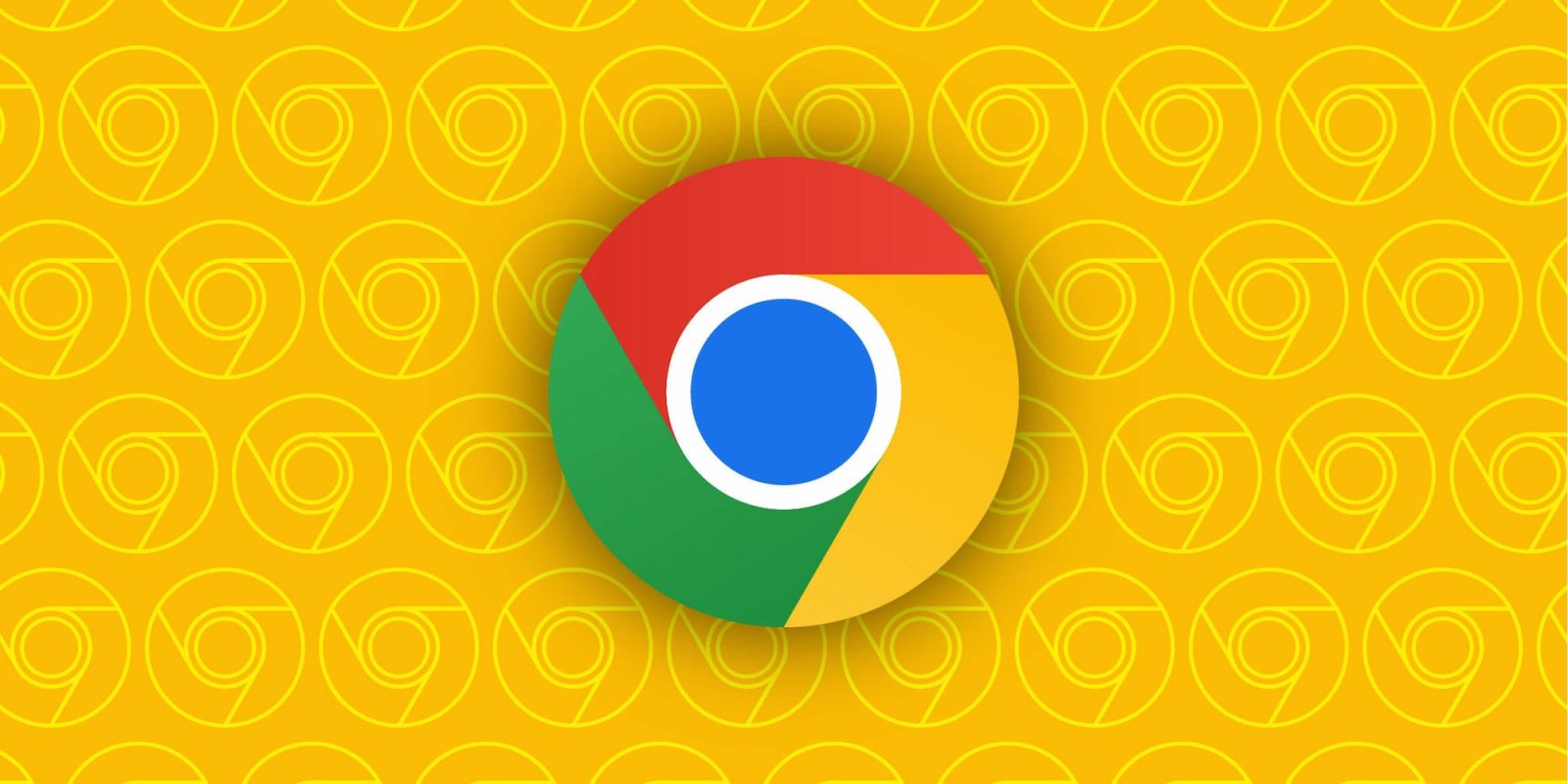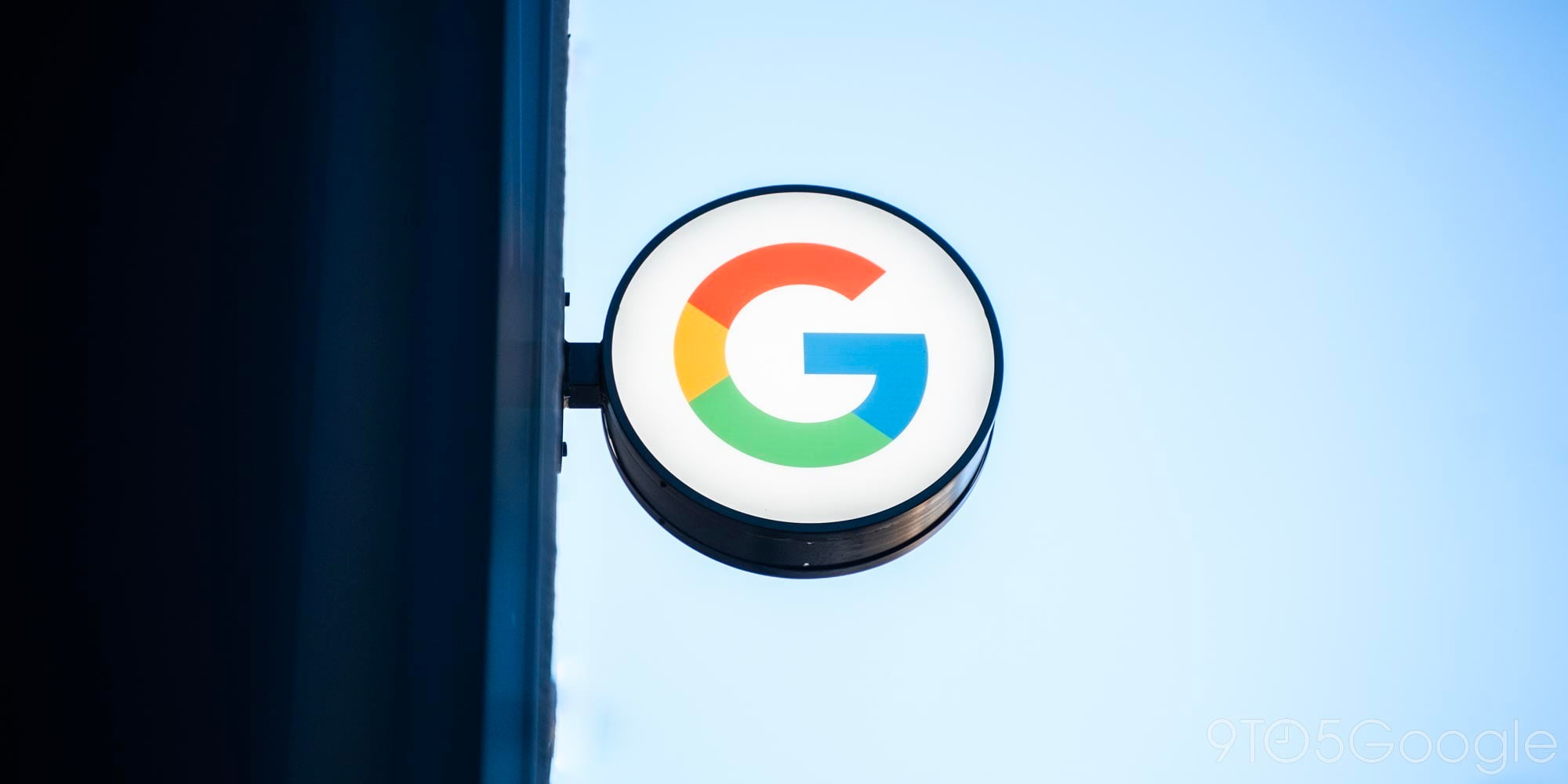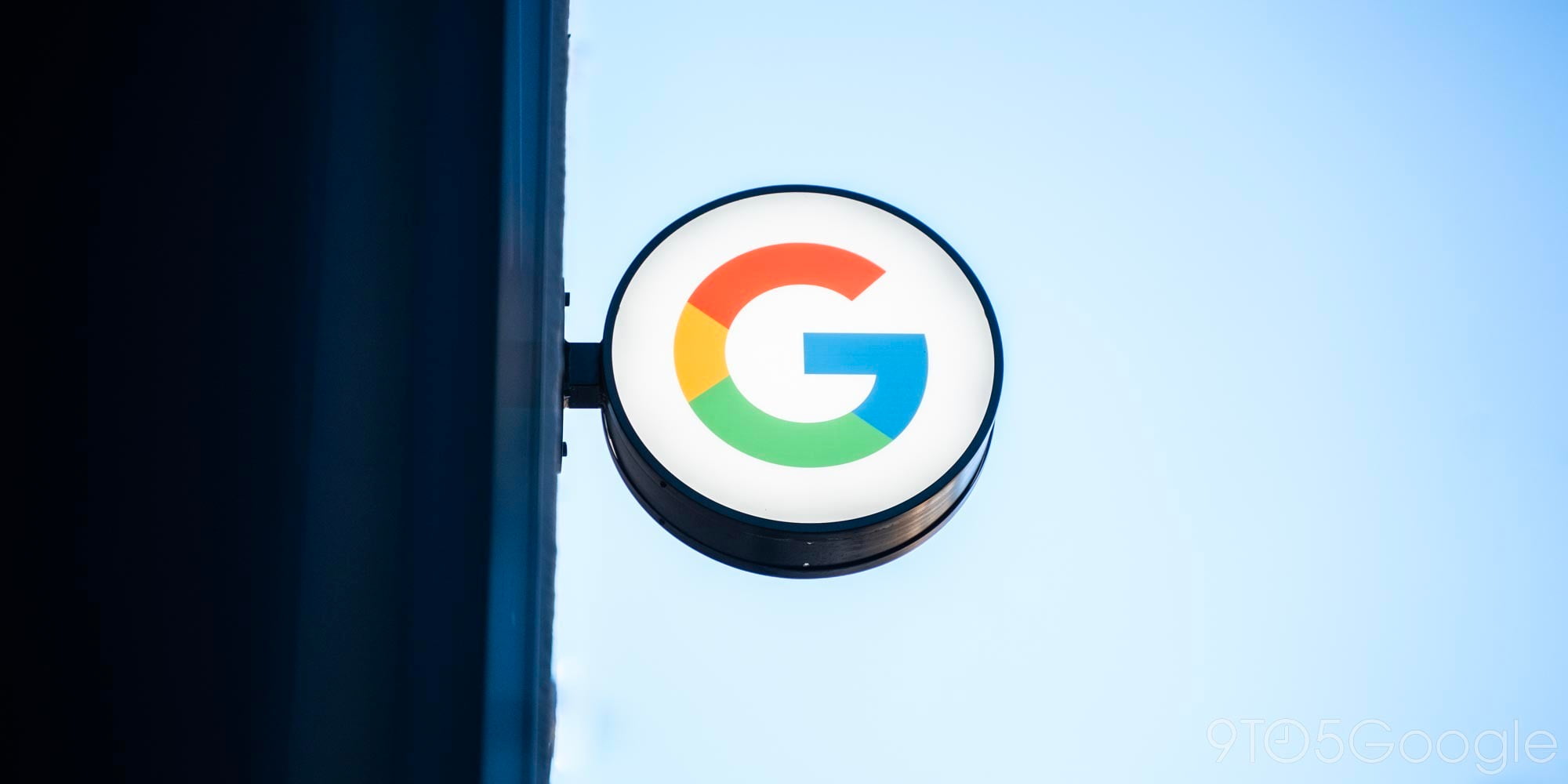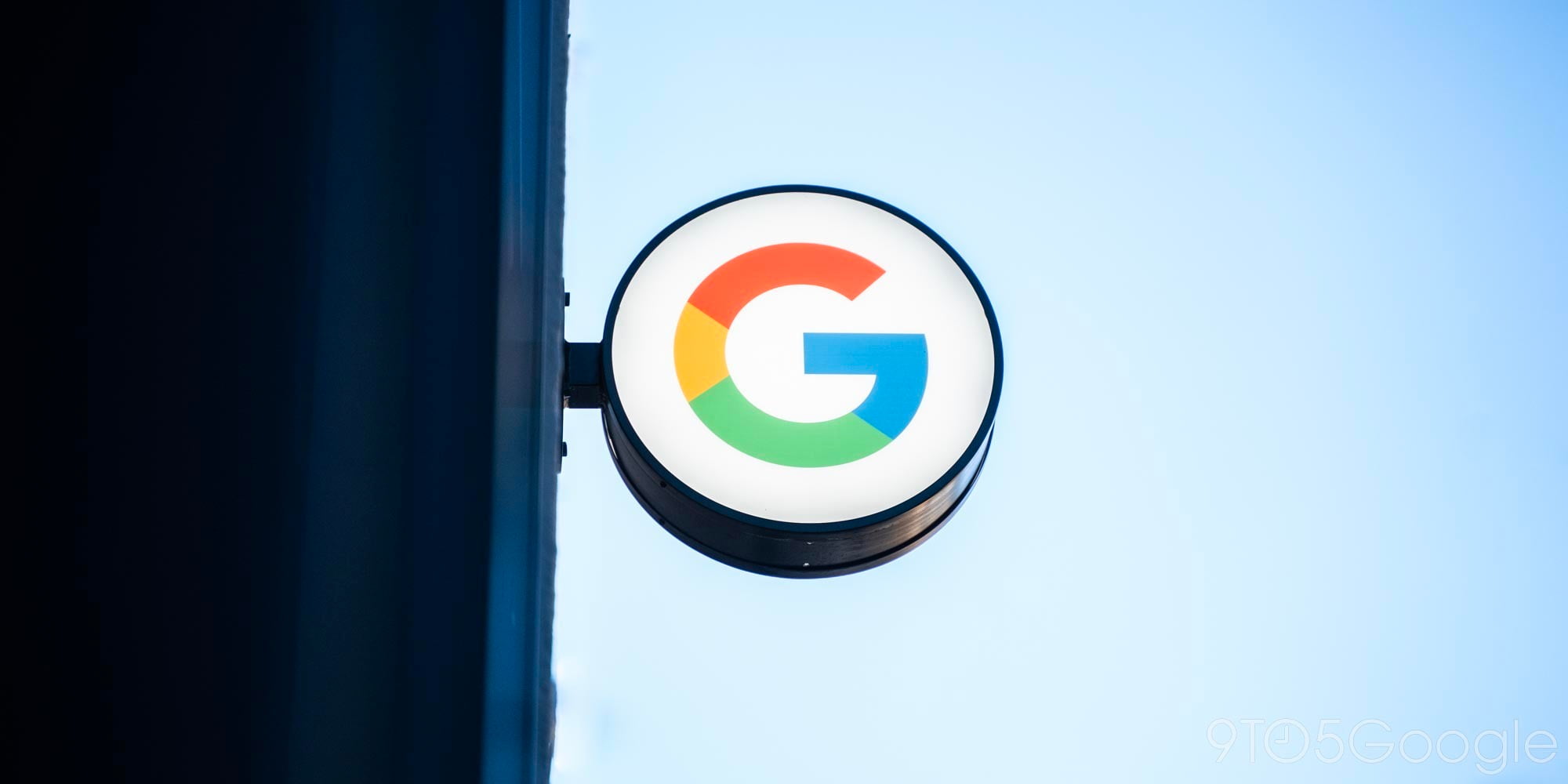
Chrome not proceeding with Web Integrity API deemed by many to be DRM
Back in July, Google’s work on a Web Integrity API emerged, and many equated it to DRM. While prototyped, it was only at the proposal stage, and the company announced today it’s not going ahead with the proposed API.
Expand Expanding Close






